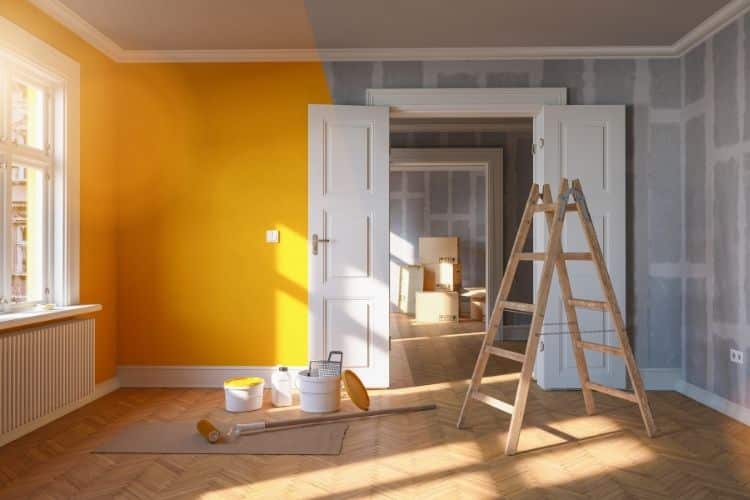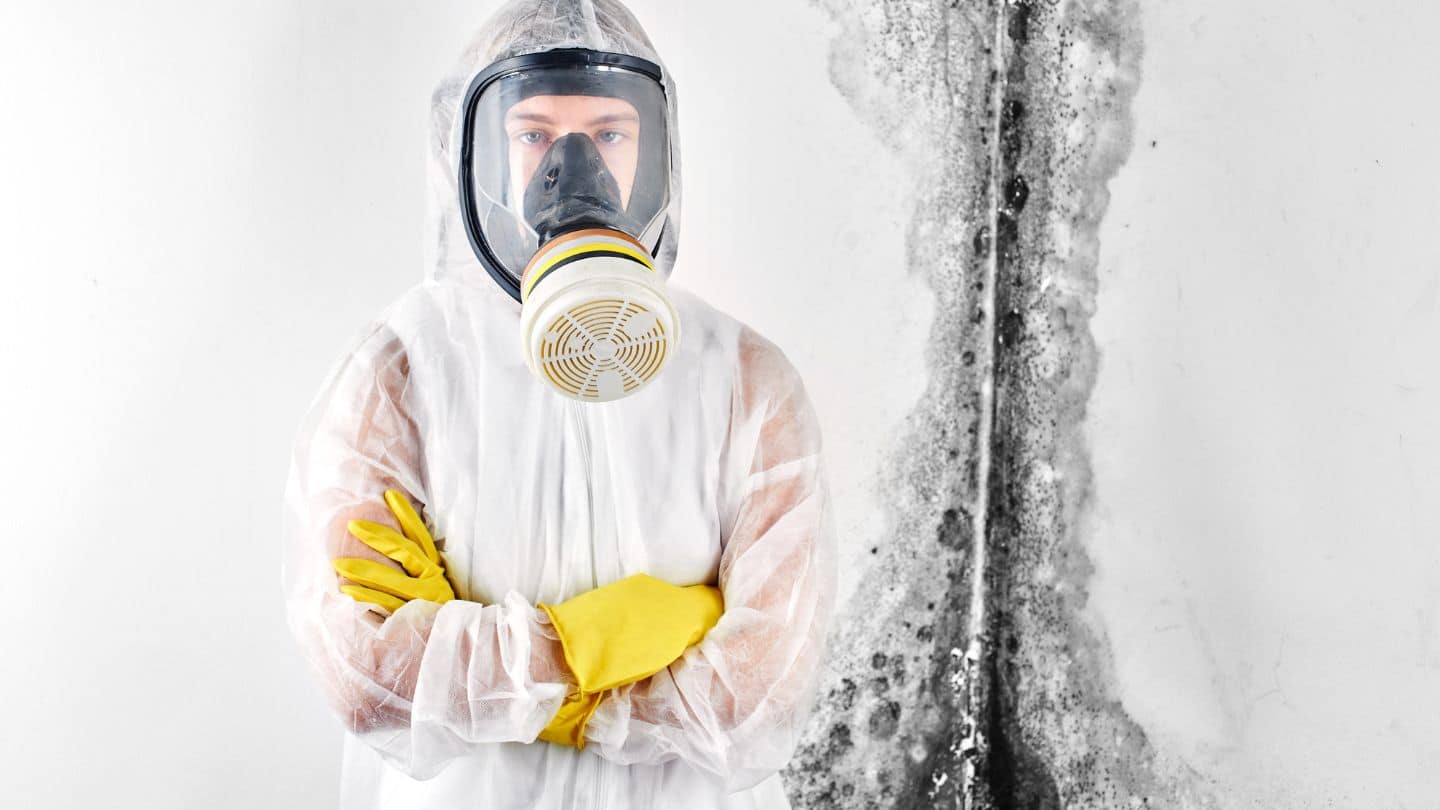Home renovations are an exciting endeavor that can transform your living space. However, amidst the excitement, it’s crucial to consider the potential for mold growth during and after the renovation process. Mold can thrive in moist environments, and renovations often involve changes in building materials and conditions. In this article, we will explore effective strategies to prevent mold during home renovations, ensuring that your project is a success without any unwanted surprises.

Understanding the Risk
Before diving into mold prevention strategies, it’s essential to understand why renovations can pose a risk for mold growth:
- Moisture Intrusion: Renovations may involve opening walls, floors, or roofs, exposing interior spaces to external moisture sources.
- Building Materials: New construction materials or improperly stored materials can introduce mold spores into the home.
Mold Prevention Strategies
1. Plan Ahead
Before starting your renovation project, create a mold prevention plan:
- Inspect for Existing Mold: Begin with a thorough inspection to identify any existing mold issues that need remediation before renovation.
- Design with Mold Prevention in Mind: Work with architects and contractors to design spaces and choose materials that are less prone to mold growth.
2. Control Moisture
Managing moisture is key to mold prevention:
- Proper Ventilation: Ensure good ventilation in renovation areas to allow moisture to escape.
- Use Dehumidifiers: Consider using dehumidifiers to maintain ideal indoor humidity levels.
- Address Water Leaks: Promptly repair any water leaks or damage discovered during the renovation process.
Table: Mold-Resistant Materials
| Material | Description |
|---|---|
| Mold-Resistant Drywall | Contains additives that resist mold growth |
| Mold-Resistant Paint | Special formulations inhibit mold and mildew growth |
| Mold-Resistant Flooring | Options like vinyl, ceramic, and porcelain are less susceptible to mold |
3. Choose Mold-Resistant Materials
Selecting the right materials can significantly reduce the risk of mold growth:
- Mold-Resistant Drywall: Incorporate mold-resistant drywall in renovation projects, particularly in areas prone to moisture, like bathrooms and kitchens.
- Mold-Resistant Paint: Use paint with mold-resistant additives to protect walls and ceilings.
- Mold-Resistant Flooring: Opt for flooring materials that are less susceptible to mold, such as vinyl, ceramic, or porcelain.
Conclusion
In conclusion, mold prevention during home renovations is a crucial consideration to ensure the long-term success of your project. Understanding the risks, planning ahead, controlling moisture, and choosing mold-resistant materials are key strategies to keep mold at bay. By taking these proactive measures, you can enjoy the benefits of your renovated space without the worry of potential mold issues. Remember, a well-executed renovation can enhance your living environment while safeguarding it from mold-related challenges.




